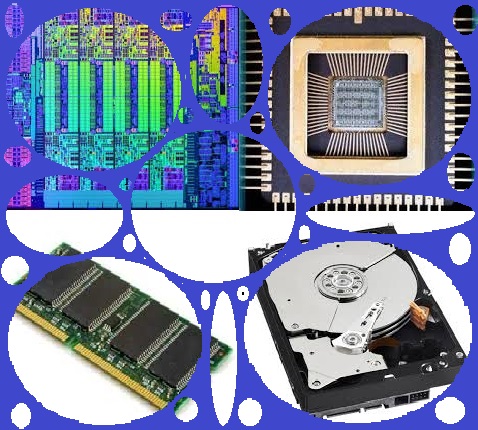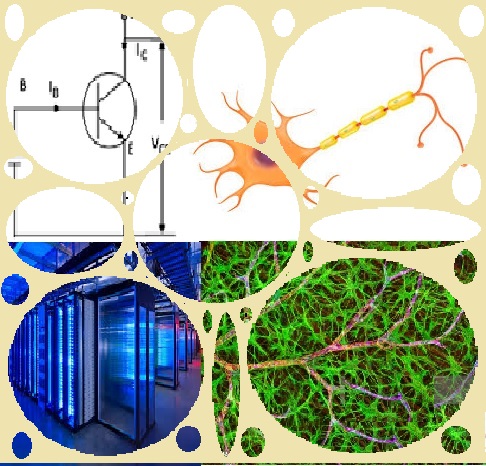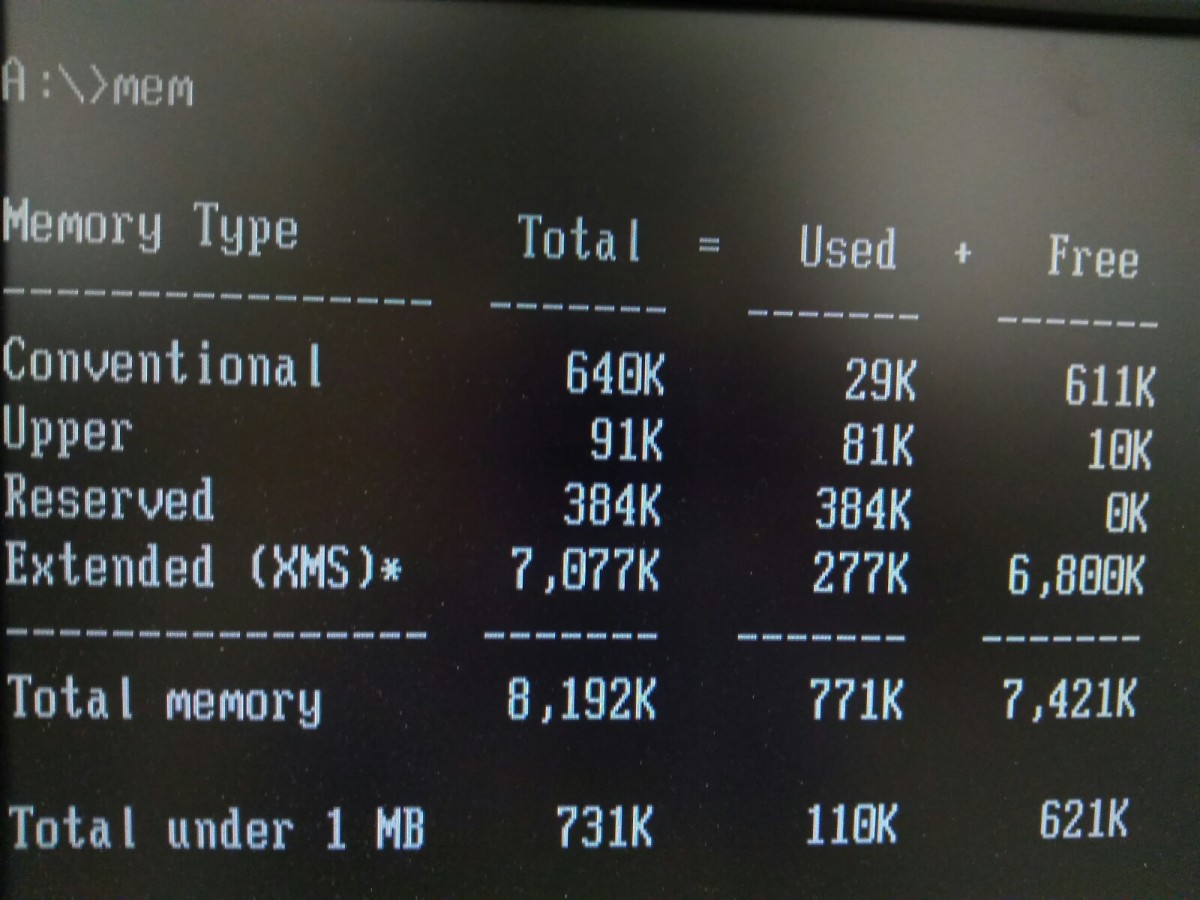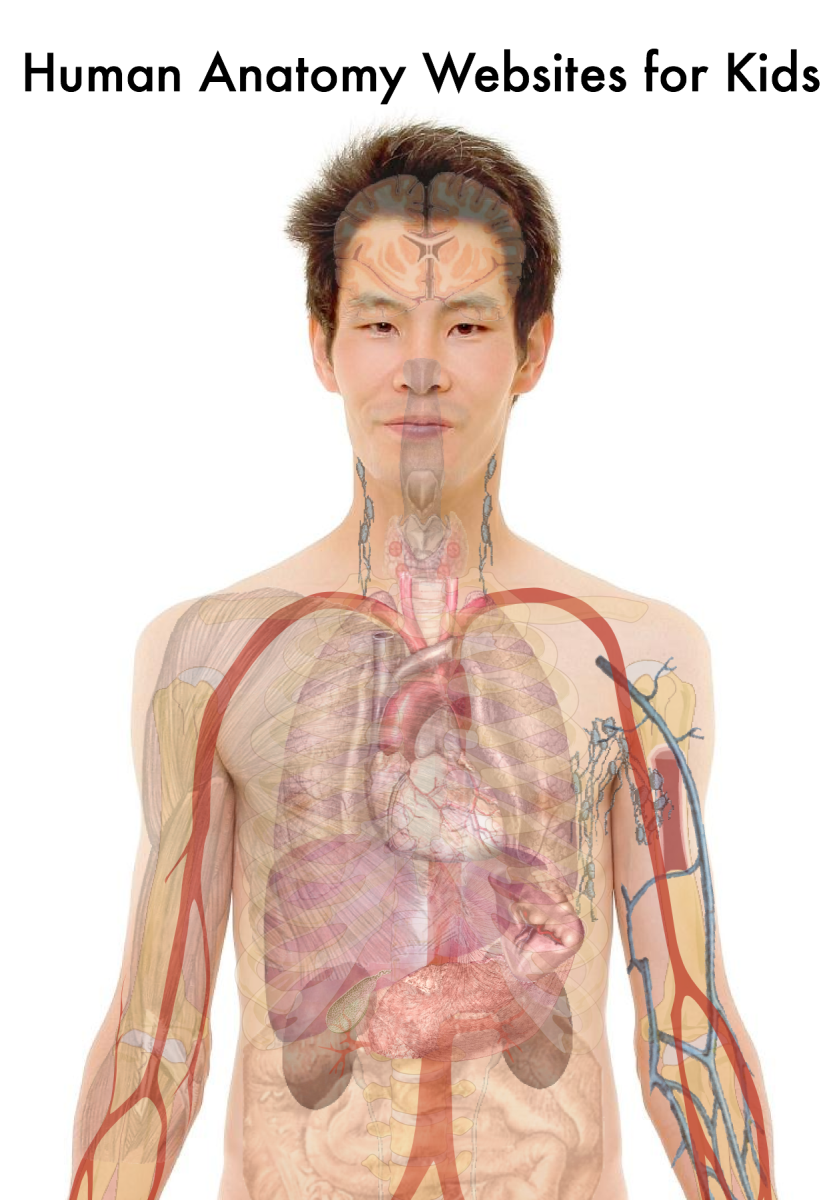Human Memory
We do not yet know how memory works exactly and where it is physically located in our brain. But, we do know that:
-
There is long term memory helping us to remember relatives, friends, painful experiences, joyous encounters, etc.,
-
There is short term memory enabling us to remember the rough sequence of events that happened in the last few days,
-
There is temporary memory where stranger’s face, phone numbers, casual conversation, etc. are stored and discarded if they are not used in a few minutes,
-
There is hard-wired memory where how the body’s vital functions are performed are stored – heart beats, lung breathing, digestion, metabolism, etc.
Memory is essential in learning:
-
Who we are and the role we play in life,
-
The laws of the land to understand what kind of behaviors are not tolerated,
-
The rules and regulations in doing things in society,
-
How to be independent and self sufficient in the real world, etc.

Computer
What is memory and how it works can best be understood by the computer we invented to do repetitive and complex data processing and number crunching. There are:
-
Hard-wired memory device (ROM – Read-Only Memory) where the instructions to setup the computer in proper working conditions when the power is turned on. The instructions are implemented in circuitries that cannot be altered when the power is off or by any other means. Each instruction is identified by an unique address and is accessed by the processing unit accordingly,
-
Temporary memory device (RAM – Random Access Memory) is used extensively by the processing unit. During its number crunching operations, the processing unit needs to store some numbers in memory to be recalled for later use. For example, to calculate the result of (AxB)+(CxD) starts with AxB=M where M needs to be stored in RAM. Then CxD is calculated and added to M which is retrieved from the RAM to complete the task. The RAM is implemented with circuitries whose contents can be read and written as many times as the power is on and will be lost when the power is off,
-
Short term memory device (Flash RAM) is used to store large amount of data that need to be sorted, analyzed, and manipulated at regular intervals repetitively – company financial information, supermarket’s inventory, computer’s files management, etc. The Flash RAM is implemented with circuitries where blocks of data can be read and written in batch mode and the memory contents will not be lost when the power is off,
-
Long term memory device (Hard Disk – HD) is used to achieve all the data that were used and are being used. Due to its slow access time, the data in the HD are uploaded into the Flash RAM for execution and downloaded into the HD after the operation is completed. The HD is implemented in the magnetic medium technology just like the tape recorder except that the disk is used instead of tape. Several hundred gigabytes of data can be stored on a 3-inch hard disk that can retain data permanently and reliably without power for years.

Differences
Even though both memories perform the same important functions, there are obvious differences between the computer memory and the human memory:
-
The computer memory is made of inorganic components that require external power to work. The human memory is made of biological molecules that work as long as the human is alive,
-
The computer memory operates in digital numbers while the human memory operates in analog images,
-
The computer memory is very reliable and error cannot be tolerated. The human memory causes forgetfulness, often misinterprets the sensory inputs, and can deteriorate in old age,
-
The computer memory’s capacity is only limited by the readily available space. The human memory is limited by the unavailable and fixed space,
-
The computer memory can be accessed in nanosecond enabling millions of data to be processed in a second. The human memory operates in seconds as demonstrated by our reaction while driving a car or solving problems.

Limitations
Even though our memory is flawed and has limited capacity, we know that when a person loses one’s memory due to head injury or Alzheimer disease, one will no longer be able to live without the help from the other people, know who and what one is, and make sense of what is happening in the surrounding. Being aware of our memory’s limitations:
-
We develop tape recording device, photographs, and books to help us remember our past activities,
-
We invent the computer with the unlimited memory capacity (cloud technology) and error detection/correction capability (Hamming codes) to perform complex and precise tasks that no human can do alone, to keep track of the tax returns of hundreds of millions of people that used to be handled by thousands of manual labors, and to manage the trillion-dollar annual national budget that will affect the life of every citizen,
-
Most importantly, we learn to work together to know how and when we, the human species, appeared on Earth and to solve the riddle of life that is billions of years in the making.







